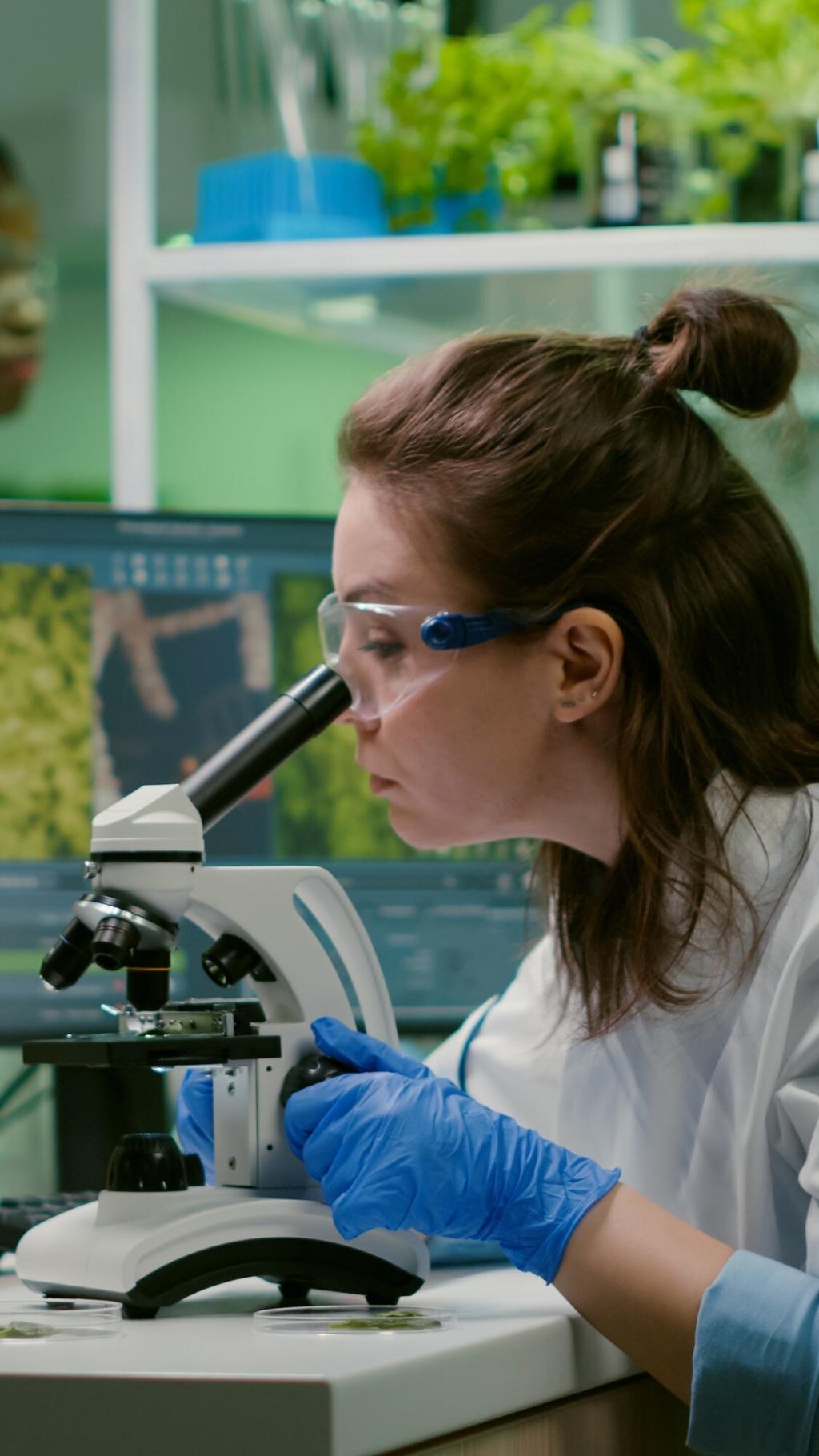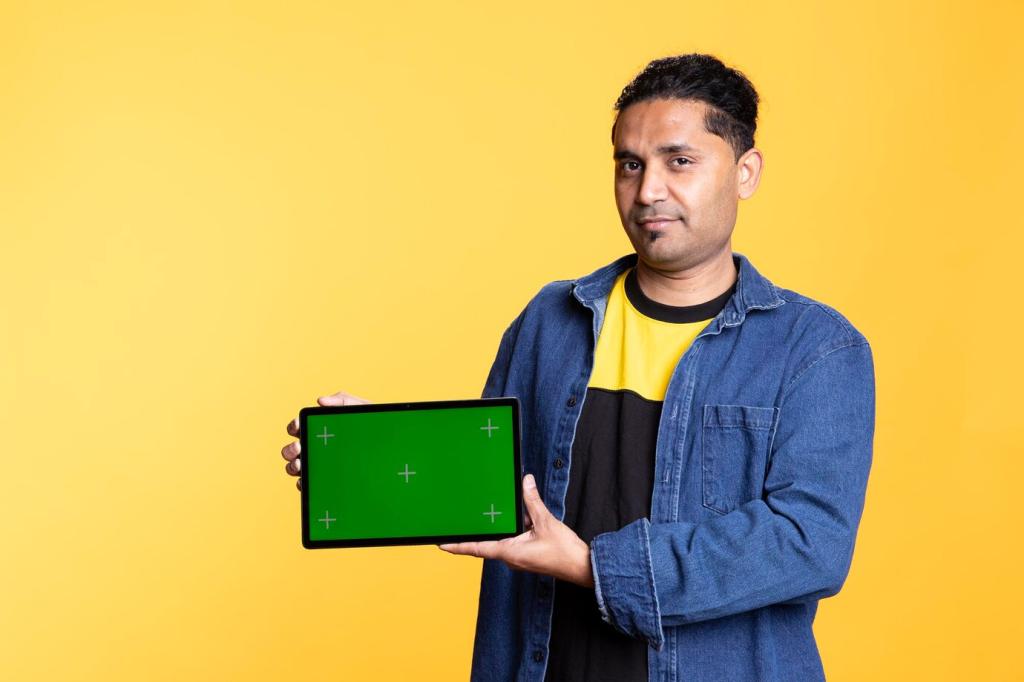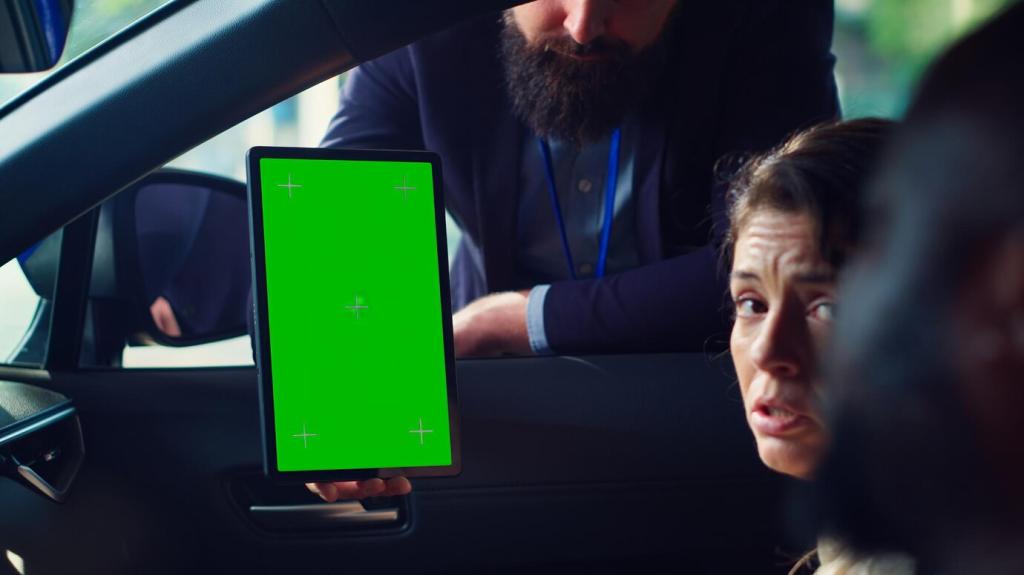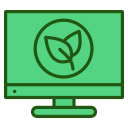
Digital Technology and the Circular Economy
Chosen theme: Digital Technology and Circular Economy. Let’s turn bits into better loops—where sensors, data, and design help products live longer, travel smarter, and return with value. Subscribe and share your experiences to help us build a community of practical circular innovation.

From Linear to Circular, One Dataset at a Time
A circular economy thrives when data clarifies what exists, where it is, and how it can flow next. Material inventories, product histories, and environmental metrics convert guesswork into actionable decisions that keep value circulating instead of slipping into landfills.

Closing Loops with Transparent Supply Chains
Transparency is the bridge between intention and impact. When suppliers, manufacturers, and recyclers see the same information, it becomes possible to coordinate repair, refurbishment, and responsible recovery, turning potential waste into dependable resources that re-enter production cycles.

Engage: Your Role in the Digital Circular Shift
Start small and publicize your progress. Pick one product, map its data trail, and share what you learn. Comment with your pilot idea, subscribe for templates and case notes, and invite a colleague to co-design the next circular experiment with you.
Digital Product Passports in Action
What a Passport Contains
A useful passport includes components, material origins, repair manuals, spare part references, hazard flags, and recycling guidance. It travels with the product through ownership changes, ensuring that everyone—technicians, resellers, and recyclers—can act confidently and safely to extend its useful life.
Policy Momentum and Market Readiness
Global initiatives are exploring standardized product data to enable traceability and better circular outcomes. Pilots in sectors like batteries and textiles demonstrate how consistent information sharing can unlock reuse, verified recycling, and responsible sourcing without burdening users with fragmented documentation.
Try It Yourself: Tag, Track, Improve
Prototype a simple QR-based passport for one product line. Record materials, service history, and return options. Invite customers to scan, offer feedback, and request repairs. Share your results in the comments and subscribe for open templates you can adapt and scale quickly.


IoT and Predictive Maintenance
Vibration, temperature, and humidity sensors surface early signs of fatigue. These clues guide timely cleaning, calibration, and component replacement that protects value. Extending life by even a few cycles across a fleet compounds benefits for budgets, emissions, and material conservation.
IoT and Predictive Maintenance
Machine learning highlights patterns that precede failure, offering maintenance windows when repairs are easiest and parts are available. By preventing catastrophic breakdowns, systems avoid scrapping whole units, redirect components for refurbishment, and keep material flows cycling rather than stalling in storage.
Design for Disassembly, Powered by Digital Twins
Within a digital twin, every fastener and joint becomes a decision about tomorrow’s repair. Designers can test tool access, minimize adhesives, and select reversible connections, ensuring components separate cleanly and safely when they finally need refurbishment or material recovery.
Design for Disassembly, Powered by Digital Twins
Alongside the bill of materials, teams draft a bill of recovery that specifies disassembly steps, tool types, and recovery priorities. This documentation travels with the product, reducing surprises during service and guiding recyclers toward higher-value, cleaner material streams.
Design for Disassembly, Powered by Digital Twins
Simulation reveals weak points and wasteful steps before physical prototypes. Adjustments to tolerances, clips, and submodules happen digitally, saving material and time. Share your favorite design-for-disassembly practice below, and subscribe for a downloadable checklist to kick-start your next iteration.
AI Sorting and Urban Mining
Cameras and spectral sensors, trained on diverse items, can identify plastics, metals, and components in motion. Accurate classification increases yields and purity, enabling higher-value reuse and recycling. Continuous learning quickly adapts to new products, labels, and packaging variations found in the wild.
AI Sorting and Urban Mining
E-waste often hides in homes, not mines. Digital platforms schedule pickups, reward returns, and guide refurbishment paths. When items re-enter circulation, data helps route them to repair, parts harvesting, or material recovery—capturing value that usually sleeps in forgotten storage.


Blockchain for Trustful Take-Back
Blockchains can anchor verifiable facts about origin, composition, and processing stages. When validated by audits and sensors, records resist tampering, discouraging greenwashing. Think of it as shared infrastructure for trust rather than a speculative trend or marketing headline.


Blockchain for Trustful Take-Back
Smart contracts can release deposits or rewards when products return to approved hubs. Participants see the same rules, payouts, and timestamps, aligning incentives for consumers, logistics partners, and refurbishers while documenting compliant, circular outcomes across jurisdictions.
